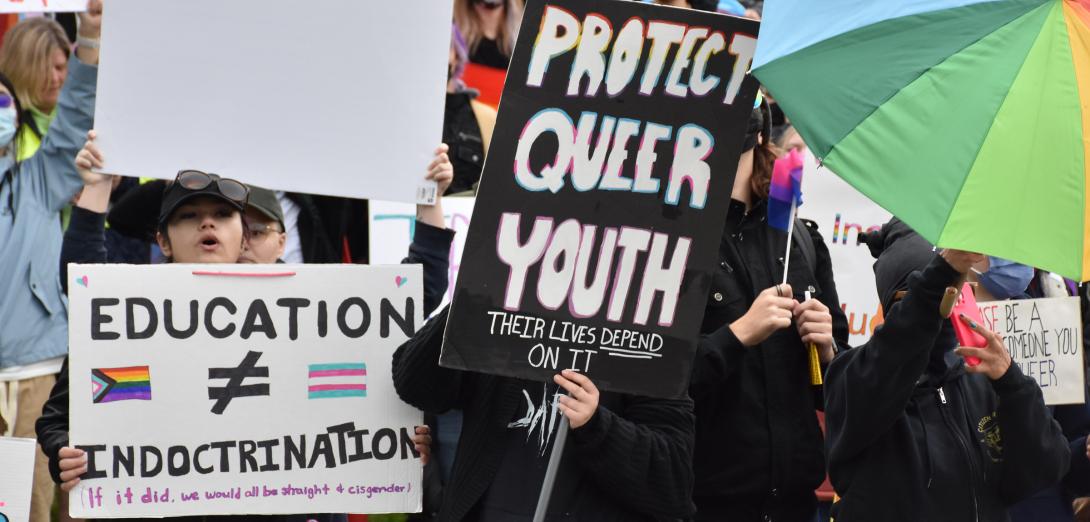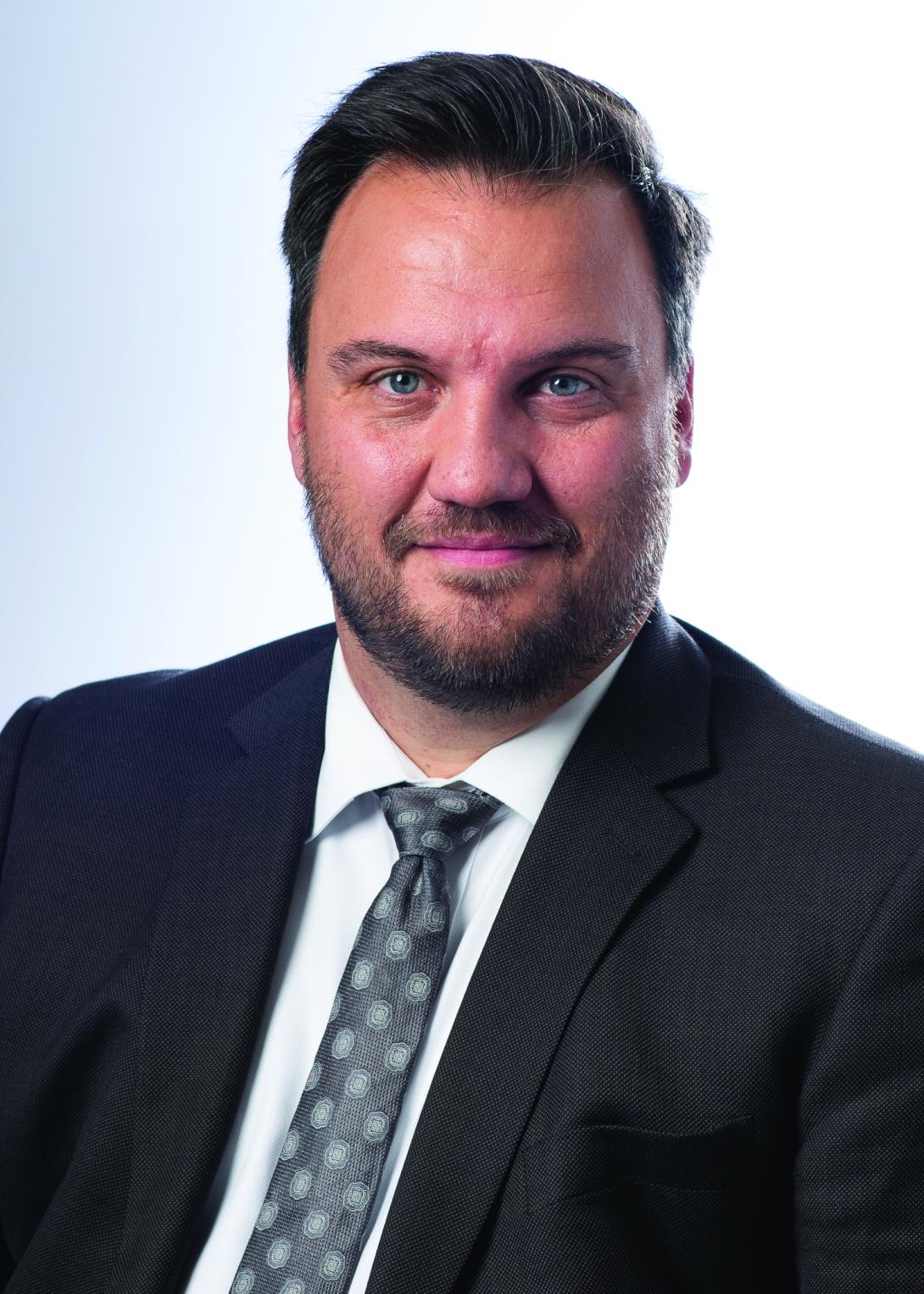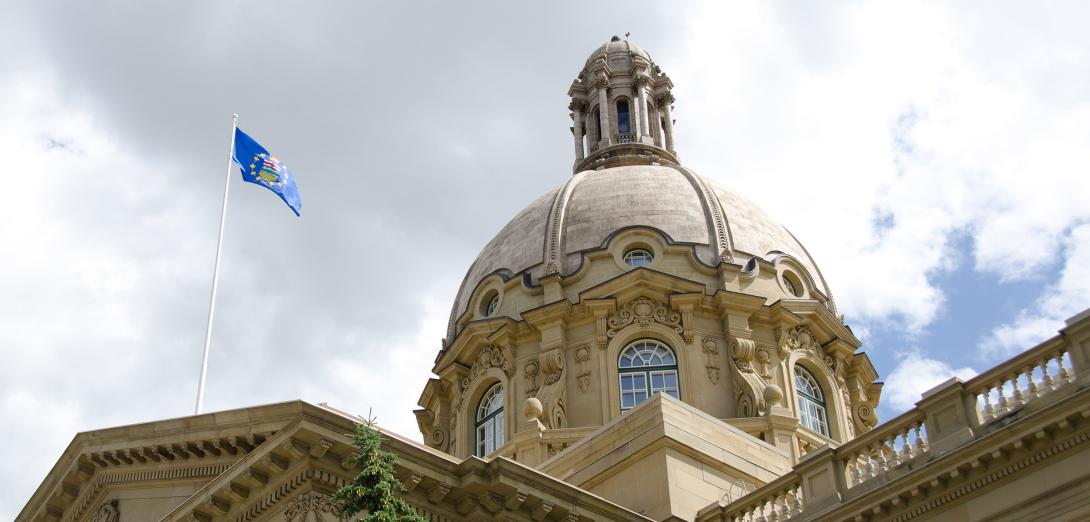Question: My principal told me to remove the “Safe Space” sticker I have on my classroom door and to put away the Pride flag I have pinned to the bulletin board behind my desk. I am very upset by this direction, as I think it undermines my efforts to welcome all students. What can I do?
Answer: I promise to answer your question, but before I do, I think it’s useful to consider the context in which this issue has arisen.
Public schools in Alberta and, indeed, across North America, seem to have been dragged into an emerging “culture war,” ginned up by individuals and groups advancing inflammatory claims that teachers are “grooming” children and indoctrinating them to adopt diverse relationships and gender identities. This is, of course, nonsense. But it is dangerous nonsense that is intended to suppress non-cis expressions of gender identity among students, teachers and the general public, and, specifically, to demonize teachers and public education. It places at real risk the safety and security of 2SLGBTQIA+ students and staff. I’ll note that there seems to be a fairly straight line between these recent protests, the “Freedom Convoy” and the earlier “Yellow Vest” movement, all being in the service of a broader, social conservative, agenda. Recently, we got to see some of this close up at a protest staged outside Barnett House, the Association office building in Edmonton.
Framing their protest as a call to protect “parents’ rights,” the immediate objective of these people is to require teachers to unilaterally disclose any indication made by a student that they may not accept the conventional gender role and identity attributed to them by their parents. It seems to me that if a parent is unaware of their child’s emerging sexual and gender identity, and the child is unwilling to disclose this on their own initiative, that suggests there may be other complicating factors in play, possibly including matters of culture, religion and family dynamics. This then creates, at minimum, a moral and professional obligation on the part of the teacher to refrain from any action that might put the student’s safety and security at risk, including involving parents or caregivers without the explicit consent of the student. Instead, the role of the teacher is to support the student and assist them to navigate the challenges they are facing.
A second objective of the protesters is to eliminate instruction around human sexuality, particularly any mention of gender diversity, in schools even and especially where this is included in the program of studies.
Now, no one will deny that parents have a moral right to be informed about their child’s progress in school and about social, emotional, behavioural and wellness issues that might emerge from time to time. Parents, however, must recognize that, like all rights, their right to be informed is not absolute and that students also have a superseding Charter right to security of their person that must be respected.
An attempt to balance these rights and interests is reflected in the legislation governing Alberta schools. Section 33(1)(d) of the Education Act explicitly imposes on the province’s public, Catholic and francophone school boards an obligation to provide all students and school staff “a welcoming, caring, respectful and safe learning environment that respects diversity and creates a sense of belonging.” Boards are also required in Section 33(2) and (3) to establish policy and a code of conduct to achieve this and that explicitly references prohibited grounds of discrimination as set out in the Alberta Human Rights Act. Among these grounds are gender, gender identity and gender expression.
Section 35 further imposes upon principals an obligation to establish, upon the request of a student or staff member, a voluntary student organization to promote a welcoming, caring, respectful and safe learning environment, with explicit recognition of the students’ right to establish and participate in a gay–straight alliance or queer–straight alliance.
With respect to the rights of parents, Section 58.1 of the Education Act establishes the responsibility of the board to “provide notice to a parent of a student where courses, programs of study or instructional materials, or instruction or exercises, include subject matter that deals primarily and explicitly with religion or human sexuality” and requires the teacher, upon written request from their parent, to exclude a student from such instruction without academic penalty. It is made clear that these provisions do not apply to “incidental or indirect references to religion, religious themes or human sexuality in a course, program of study, instruction or exercises or in the use of instructional materials.” The existence of these provisions cuts against the argument of those who claim that their children are being subjected to “sex education” against the wishes of the parent.
Respectful conversation
With all that by way of prologue, let me turn to your specific question.
I believe the first thing to do in this difficult situation is to have a respectful conversation with your principal to ensure that you understand what they are asking of you and why, and to communicate your own position and concerns. Principals are acutely aware that their schools operate within the larger community and, given the heat being generated around this issue, they may believe the display of such symbols and signage is counterproductive to creating a safe school environment. I’m not saying that this is necessarily correct, but we must recognize the reality that what might be safe and acceptable in one school community may not be in others. Perhaps the conversation will lead to greater appreciation on both sides and, ideally, to a consensus solution.
It is reasonable to ask how the direction being given aligns with the board’s policy and code of conduct, which, in turn, must meet the legislated requirements I have previously described. Again, bringing the discussion back to board policy creates a structure for determining a course forward that is consistent with clearly established principles established by elected trustees. This, then, invites the question, is the direction being provided intended to guide the teacher’s own professional judgment, or is it intended to be a lawful order of the board that the teacher must obey?
These are nuanced and complex considerations. If the problem cannot be resolved among the parties, I would encourage both you and your principal to contact the Association for further information and guidance.
In all of this, it is imperative that teachers recognize and act upon their overarching professional duty to ensure the safety and well-being of the students in their care. In doing so, teachers should be respected and supported by elected leaders and the larger community.
Questions for consideration in this column are welcome. Please address them to Dennis Theobald at dennis.theobald@ata.ab.ca.

Executive Staff Officer, ATA


